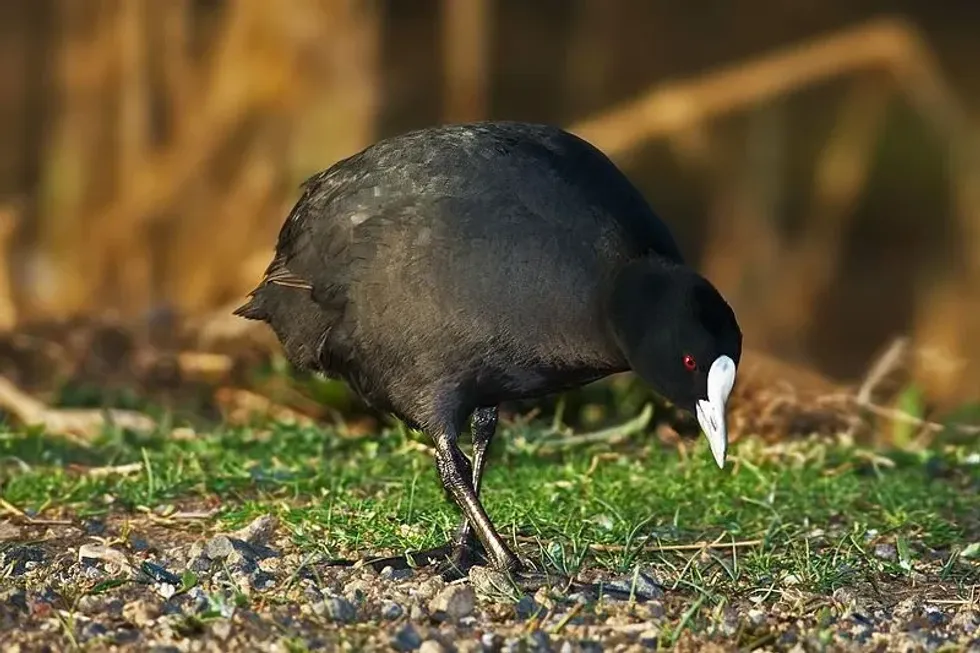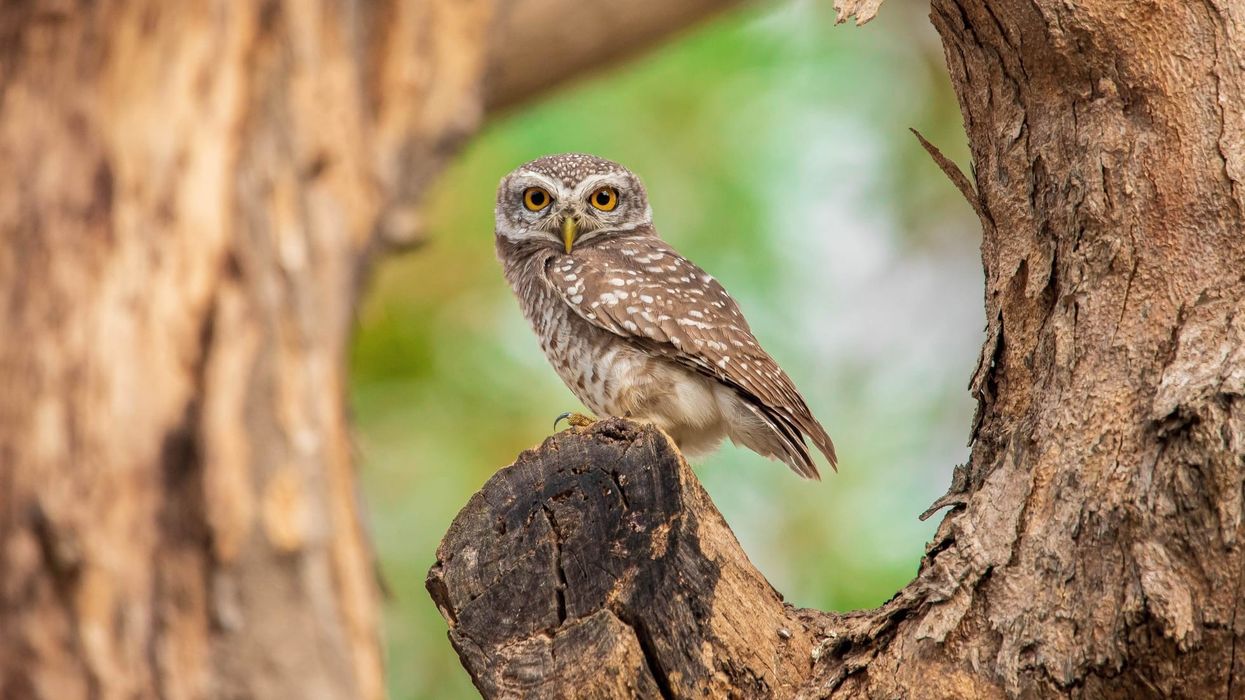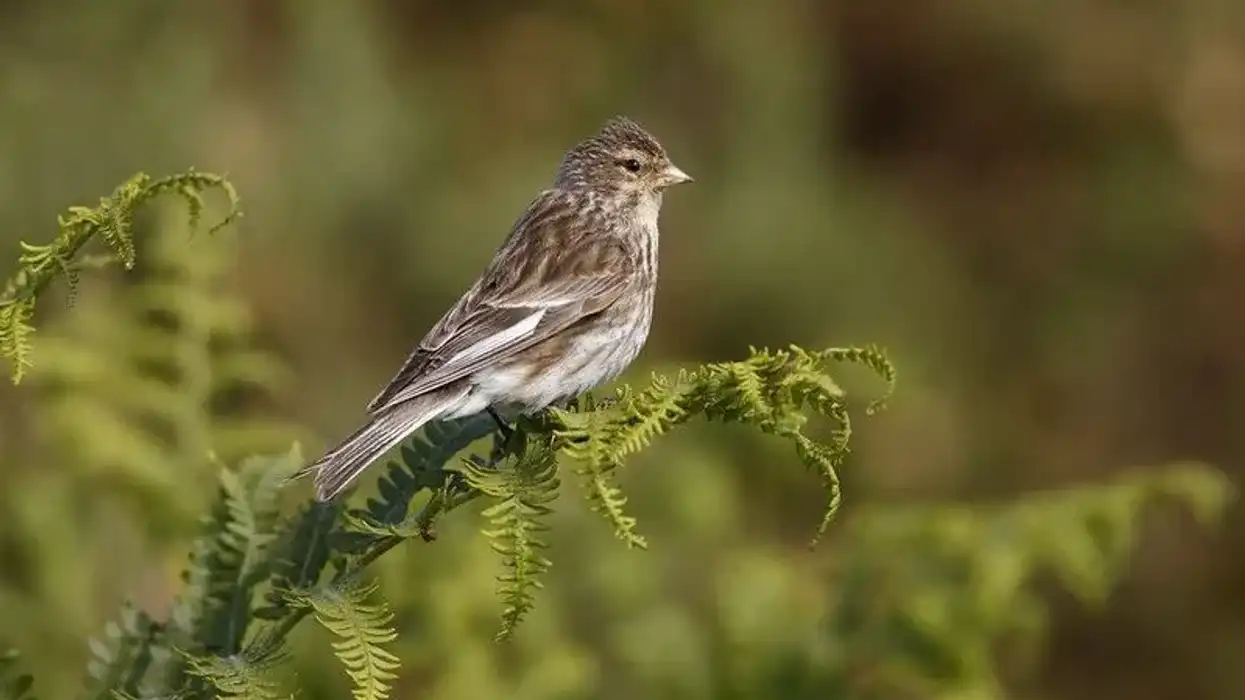Coots, belonging to the genus Fulica, originated in South America. The various species of this bird are found in the range of North America, Europe, Asia, Australia, and parts of Africa.
This coot bird has a dark grayish plumage or body and has a white patch under the tail. The bill or the beak of this species is also white with red decoration on the head in some species.
The coot feet are lobed which makes them good and powerful swimmers and they have short rounded wings. The length of these birds is around 15 in (380 mm).
It is found in or around water and inhabits lakes, marshes, estuaries, ponds, and wetlands.
This species mate in water and the process ends on land. The nest is built by both parents and the incubation, and feeding is also done by both parents.
A female coot lays around 8-10 eggs. The coot call is known to be loud and noisy and is made to communicate with each other and to discourage the predator.
There exist various species like the American coot, Florida coot, Caribbean coot, and Andean coot. It is quite interesting to know about this bird and if you enjoy these facts, read about the American kestrel and hardhead too.
Coot Interesting Facts
What type of animal is a coot?
Coots are birds.
What class of animal does a coot belong to?
Coots belong to the class of Aves of birds.
How many coots are there in the world?
There is no specific number of coots in the world recorded.
Where does a coot live?
Most of the variety of species are found in South America and it is believed that this genus originated there. The coot is common in North America and Europe. The Eurasian coot is found in Asia, Australia, and parts of Africa.
What is a coot's habitat?
These birds tend to live in and around water bodies. These birds inhabit ponds, lakes, estuaries, swamps, salt marshes, and wetlands, and some species are also found in public parks, gardens, and farms with ponds.
Who do coots live with?
These birds are seen in flocks, especially the American coots.
How long does a coot live?
The average lifespan of these birds is five to nine years.
How do they reproduce?
Coot usually mates around May and June. Both males and females start out displaying themselves in front of each other. The process begins in water and ends on land.
The females assert a submissive position. Both the male and female care for eggs and the young.
Around 8-10 eggs are laid by females at once. These eggs are pink in color with brown spots. Incubation is done by both the parents taking turns and the egg hatches after 23 days.
Nests are built by both parents that are located around the edges of a reed cover at the edges of the pond. These nests have a ramp that leads into the water and provides easier access to move from the nest.
The young look similar to adults but they are lighter in color. The parents feed and teach the young. After a month the young are capable of diving and finding their own food and can fly after five to six weeks of hatching and they become fully independent after two months.
What is their conservation status?
The status of this bird is ‘Least Concern’.
Coot Fun Facts
What do coots look like?
Coots are medium-sized birds. The feathers of these birds are dark gray in color with a white patch under the tail. The bill or beak of these birds is also white in color with a red color swelling on the upper part of the upper edge of the head in certain species.
Their eyes are red in color. The toes are lobed which helps the bird in swimming and it has strong legs. These birds have short, rounded wings.
How cute are they?
These birds are considered to be cute because of their appearance.
How do they communicate?
The coot makes a variety of noises from grunting to clucking to communicate with each other and to threaten predators. The coot also splashes either to attract a mate and seek attention or discourage predators. The coot also tends to have a good vision, which is also used to communicate.
How big is a coot?
These are medium-sized birds the American coot weighs around 0.99 lb (0.45 kg) and the Eurasian one weighs around 1.58 lb (0.72 kg) and their length is around 15 in (380 mm).
Can coots fly?
A coot is capable of flying but is known to be a weak flyer as its wings are short and rounded.
How much does a coot weigh?
An American or North American coot weighs around 0.99 lb (0.45 kg) and the Eurasian Coot weighs around 1.58 lb (0.72 kg).
What are the male and female names of the species?
There are no specific names for the males and females of the species.
What would you call a baby coot?
While there is no particular name for a young coot chick, some affectionately refer to them as cooties.
What do they eat?
This bird is an omnivore and mainly eats plant material or marsh vegetation found in ponds but also feeds on small fish, eggs, and other small animals.
Are they friendly?
These birds are quite friendly or social with other species but are not friendly towards humans as they are wild.
Would they make a good pet?
No, this bird does not make a good pet as it is a wild bird, it is not friendly towards humans and is not cuddly in any way, and in some places, coot hunting is illegal and it is also illegal to own, capture, or harass a coot.
Did you know...
Coots differ from other members of the rail family due to their behavior in the water. Most of the members of this family are found in shallow water but this species is known to be quite a good swimmer and swim through the water like duck or goose.
Its predators include bald eagles, raccoons, skunks, foxes, and coyotes.
The American coot is known to influence the population of aquatic plants and invertebrates and serve as a prey base for predators in that habitat.
It belongs to the order of Gruiformes.
There exist various types or species of coots like Hawaiian Coot, American Coot, Andean Coot, Red-Gartered Coot, Eurasian or common Coot, Horned Coot, Red-knobbed Coot, Giant Coot, White-winged Coot, Red-fronted Coot.
Is a coot a duck?
The American or North-American coot does look like or seem similar to ducks, but these do not belong to the duck species. These birds have evolved lobed toes and have a chicken-like beak or bill, legs, or feet.
Eating Coot
Certain coots are believed to be quite delicious and it is said that they can even be cooked by an inexperienced cook too.
It is easier to process this bird by simply making a single cut at the lower end of the keel and then you need to slip your first two fingers under the hide and pull upward. Remove the fillets from the breast bone.
Coot recipe ideas include that can be used in pot pies and stews, baked with rice or oyster dressing, stir-fried with vegetables, or sauteed with mushrooms, onions, and peppers.
Here at Kidadl, we have carefully created lots of interesting family-friendly animal facts for everyone to discover! Learn more about some other birds including the Guam rail or the yellow warbler.
You can even occupy yourself at home by drawing one on our Eurasian Coot coloring pages.










